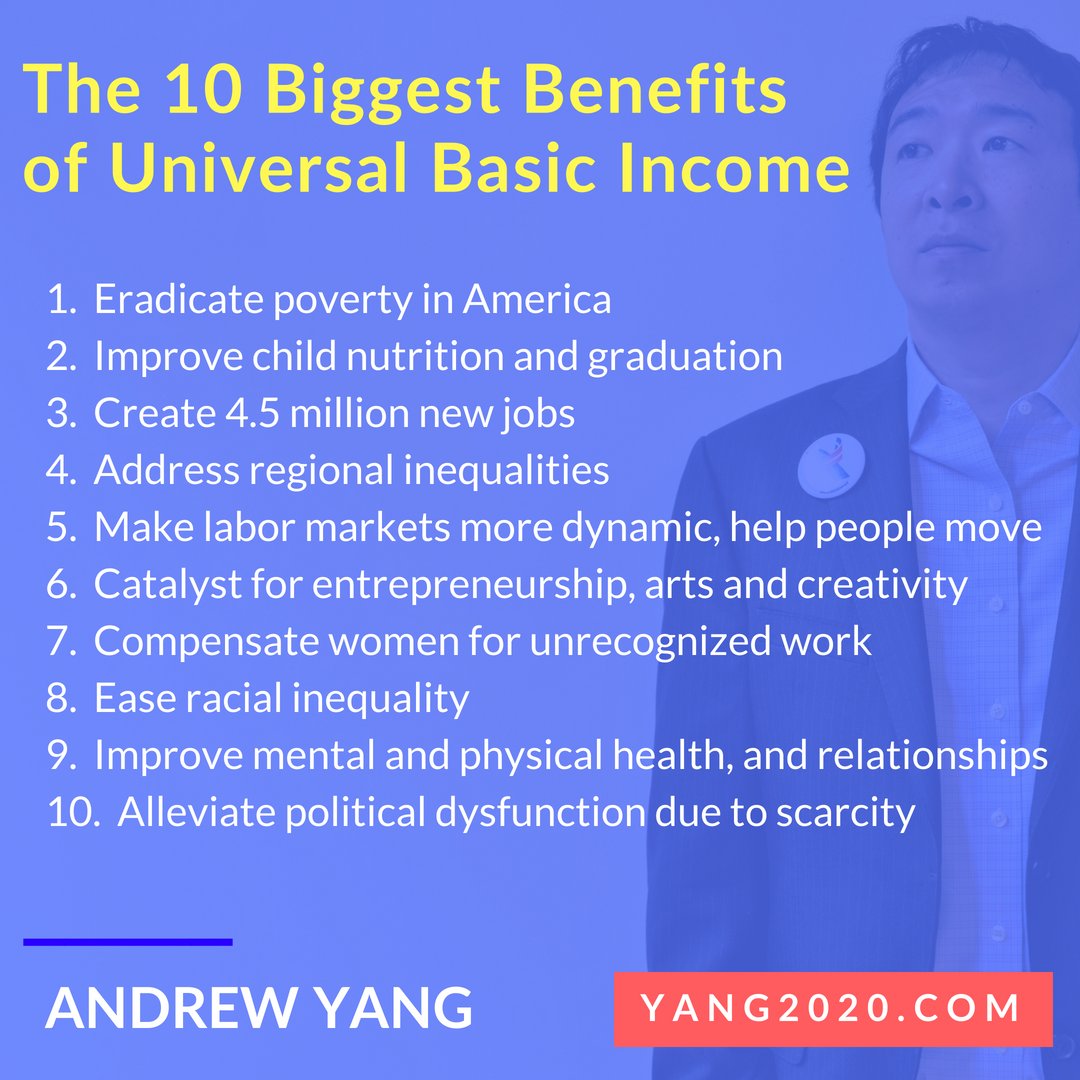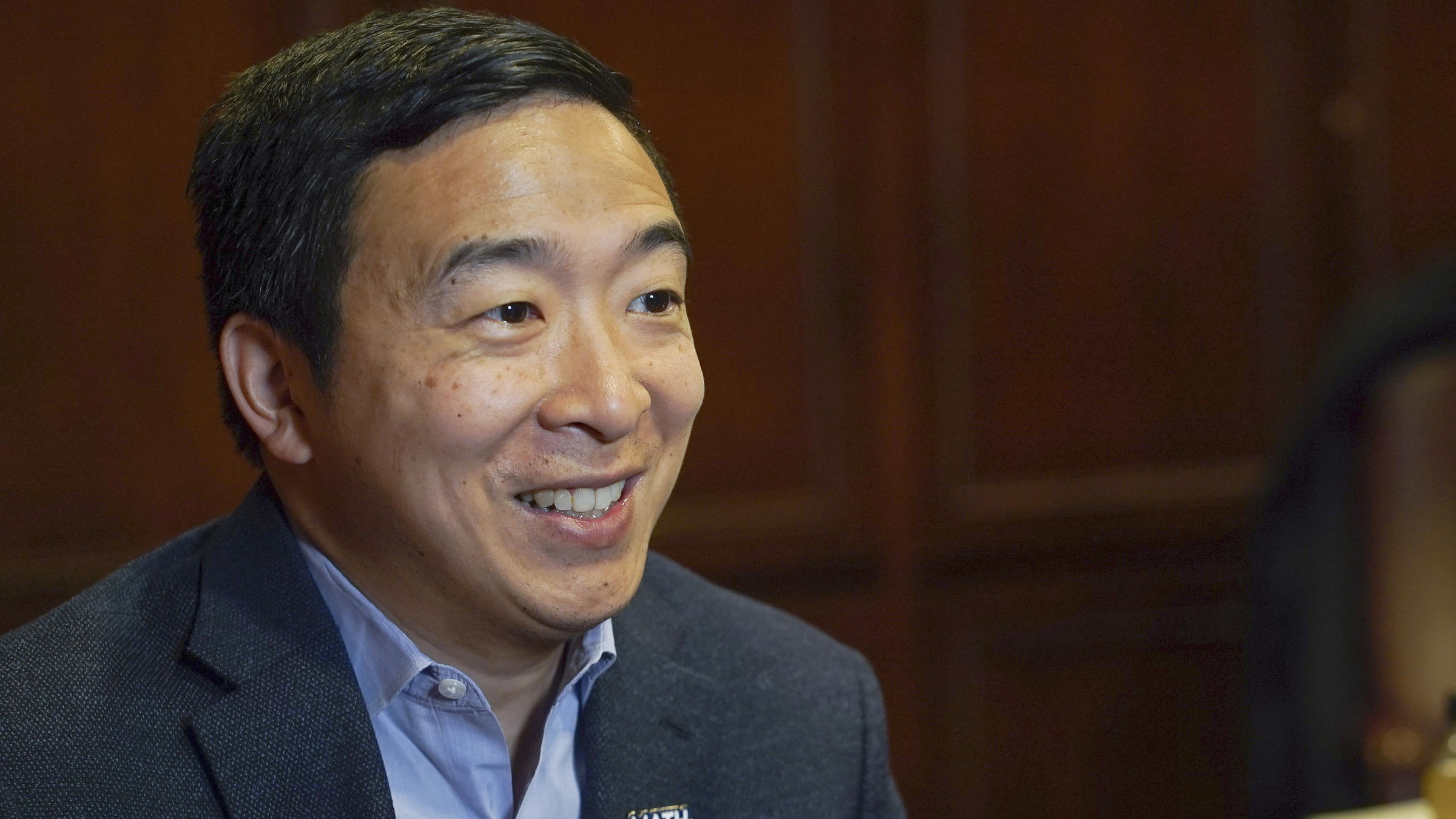
The former focuses on assessing news articles, and includes labeling items based onĪspects not related to veracity, such as satire detection (Oshikawa et al., 2020 Zhou and Zafarani, 2020). However, fake news detection differs in scope from fact checking, as A comprehensive review of NLP approaches to fake news detection Work on the problem, as well as work seeking to counteract fake news throughĬomputational means. ( 2018) and Zhou and Zafarani ( 2020) surveyed work on fake news, including descriptive “But there’s evidence in both directions on that sort of thing.A number of papers have surveyed related tasks. “That’s certainly the goal or the dream, that growing up with this leads you to be a little bit more skeptical and careful of your persona,” Beauchamp says. There is some evidence, he says, that young people tend to be slightly more skeptical of what they see online. What remains to be seen, says Beauchamp, is whether young people will fall prey to the misinformation they see on TikTok. In an effort to circumvent the spread of fake news, last week, Twitter announced a new feature that enables users to flag information that appears to be misleading users about the election in November. He notes also that on sites such as Facebook and Twitter, users shared content not based on whether or not it was true, but because they found the content entertaining. “ In some ways what that might lead you want to do is be slightly more optimistic that these newer platforms that are almost exclusively dominated by younger people might be less subject to these sorts of problems,” says Beauchamp.


He cited the research of his colleague, University Distinguished Professor David Lazer, which showed that older and more conservative people were responsible for spreading the bulk of the fake news shared during the last election cycle. As such, there is concern that propaganda such as the post about the Constitution that went viral on Facebook and TikTok could pose a challenge for the platform to spot and flag, and therefore fictitious posts run the risk of spreading unabated.īeauchamp muses that our fears about young people spreading false information may be unfounded.

alone, is attractive to young users in particular is that, relative to other social media platforms, it’s easy to create content that goes viral. One reason that TikTok, which boasts 123 million downloads in the U.S.
#ANDREW YANG TWITTER SNOPES HOW TO#
How to stop the spread of fake news for the 2020 election campaign It’s going to be really hard to track the spread of, much more so than, say, Twitter, where even as images and memes rose in prominence, the bulk of it was through text, which is pretty easy to analyze.”

“Short videos are even harder to measure. “One thing that’s interesting about it as a platform for studying is that it is imagery, which is hard to track down and hard to detect,” Beauchamp says. Nicholas Beauchamp, an assistant professor of political science at Northeastern, says that though the platform doesn’t seem to be inherently suited for political content, it could be susceptible to the spread of misinformation. While this appears to be a good thing at face value, some in the field of law and politics are concerned that, as has happened with Facebook and Twitter, TikTok could be used to spread false information ahead of the presidential election. One widely shared video perpetuating the claim reportedly received tens of thousands of views before it was removed by TikTok, underscoring the perception that the app is becoming increasingly political as it grows in popularity, especially among young people.Ī report by The Wall Street Journal contends that young people are flocking to TikTok to express their political views, promote their favorite candidates, and react to political news. Photo by Matthew Modoono/Northeastern University Nicholas Beauchamp is an assistant professor of political science in the College of Social Sciences and Humanities at Northeastern.


 0 kommentar(er)
0 kommentar(er)
